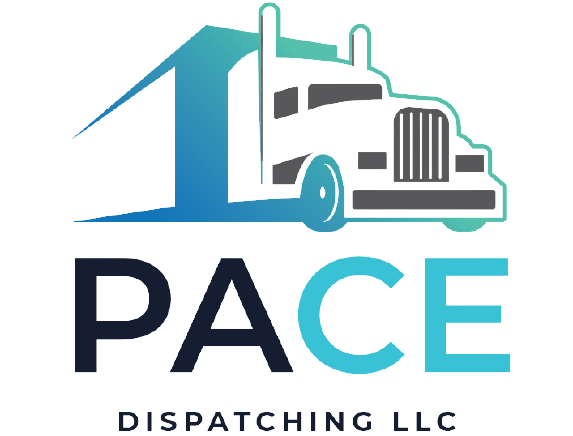OPTIMIZED ROUTE, SCHEDULING, AND DISPATCHING
Route plans that are well-designed only go so far. Fleet operations need to adjust and adapt to the changing environment when vehicles leave the depot and head to the road. Therefore, it’s important to evaluate the performance of your route rather than planning to maximize productivity and constant advancement.
It is essential that all activities at-stop, such as the proof of delivery (POD), are properly tracked and linked in real-time to a back-end system.
